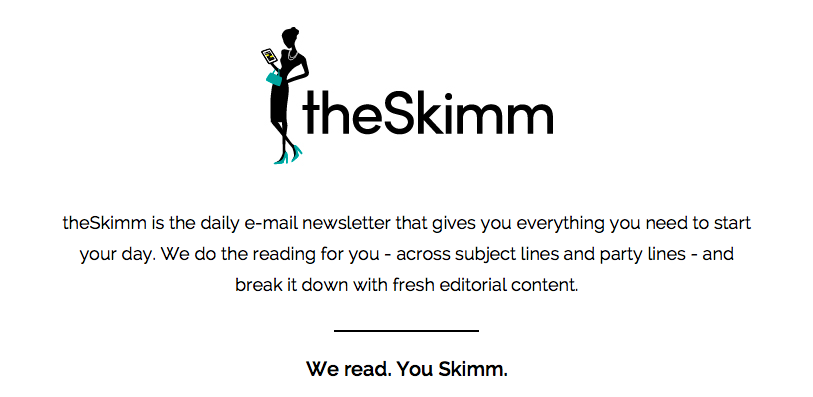Last year's Serial was a watershed event for digital audio content. Suddenly, the world was reminded of the awesomeness of podcasts. A source for entertainment, insight, tips, inspiration, humor, and story, the modern-day podcast is not a content backwater. No, no. Podcasts are some of the most exciting media out there-- especially for brand-builders, communicators, and entrepreneurs! Here are the five podcasts that have our ear right now.
1. Being Boss
I've talked about this one before. Hosted by creative coach and branding expert Kathleen Shannon and web designer and strategist Emily Thompson, Being Boss bills itself as a podcast for creative entrepreneurs. With episodes like "How to be a boss when you're afraid of failing," and "How to be a boss even when you feel like a fraud," It's like training wheels for taking those first wobbly strides into boss-ness.
Bonus: Kathleen and Emily have nurtured a thriving Facebook group, which is a great resource for getting on-the-fly feedback on your creative projects and a steady stream of positive affirmation from other 'treps in the trenches. The Being Boss community is gathering for its first live event in New Orleans this October.
Recommended for: creative entrepreneurs, solopreneurs, infopreneurs, mompreneurs, women looking to make their side hustle, their full-time hustle.
2. StartUp
Produced by Gimlet Media, StartUp is a behind-the-scenes look at starting a business. Captured in narrative form, the podcast follows one business from inception to market each season. Season 1 was a very meta look into the founding of Gimlet Media itself. Now, Season 2 is sharing the ongoing tale of launching Dating Ring, a match-making dating company.
Some of my favorite episodes include Episode 1, Season 1: How Not to Pitch a Billionaire, Episode 5, Season 1: How to Name Your Company, and Episode 2, Season 2: Grow Big or Go Home (Inside Startup School Y Combinator).
Recommended for: anyone who wants an intimate look into the worlds of Silicon Valley, venture funding, high-growth businesses, and the agony and ecstasy of good ol' fashioned entrepreneurship.
3. Sounds Like a Movement
Sounds Like a Movement is a an organization that produces books, videos, and podcasts that support and illuminate the work of movement makers from across the spectrum of interests, industries, and philosophies. Every episode of the podcast features a one-on-one interview between host CJ Casciotta and a luminary from the worlds of art, design, music, publishing, film, social justice, and the list goes on. The common thread: each guest is leading a charge to see a new normal emerge in the world.
Recent guests include Darling Magazine founder Sarah Dubbledam, Becoming Minimalist blogger Joshua Becker, and Painter/Author Elle Luna.
Recommended for: anyone who is a dreamer, schemer, make-believer, and futurist.
4. The Lively Show
The Lively Show is a podcast hosted by life and business coach Jess Lively. Her methodology revolves around setting values-based intentions for all aspects of your life -- possessions, career, relationships, and personal habits. The show is a platform for her to share about her work while interviewing people living with admirable intentionality. Jess is a terrific interviewer, and certainly does her research on each and every guest.
Some of my favorite episodes have included the interview with writer and author Alexandra Franzen, "Walking Away from Success" with Unfancy blogger Caroline Rector, and the conversation with Day Designer Founder Whitney English.
Recommended for: female entrepreneurs, bloggers, creatives, and contemplatives.
5. Grammar Girl
Last but not least, Grammar Girl is an uber-practical place to get all of your most pressing grammar questions answered. Host Mignon Fogarty's Quick and Dirty Tips [Two spaces after a period? Everyday vs. every day?], plus longer investigations into the origins of words and usages, remind you how delightful it can be to really know the English Language. Episodes last anywhere from 30 to 10 minutes.
Recommended for: anyone who wants to tighten up their grammar game and feel more confident about the words and ideas they send into the world.




